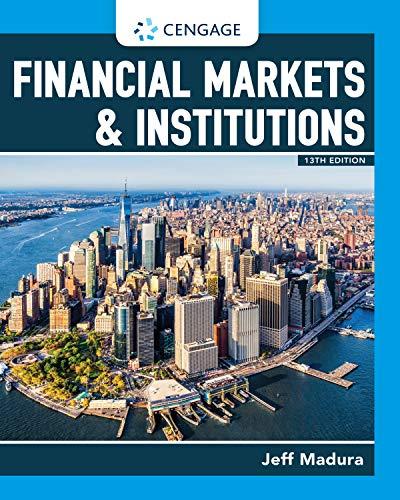Answered step by step
Verified Expert Solution
Question
1 Approved Answer
A. What are the free cash flows of the project? B. In years 1 through 7 there are no capital expenditures or change in net
A. What are the free cash flows of the project?
B. In years 1 through 7 there are no capital expenditures or change in net working capital.
c. Compute the FCF in the year 8 of the project.
D. If the cost of capital is 15% what is the NPV of the project? 


Step by Step Solution
There are 3 Steps involved in it
Step: 1

Get Instant Access to Expert-Tailored Solutions
See step-by-step solutions with expert insights and AI powered tools for academic success
Step: 2

Step: 3

Ace Your Homework with AI
Get the answers you need in no time with our AI-driven, step-by-step assistance
Get Started


